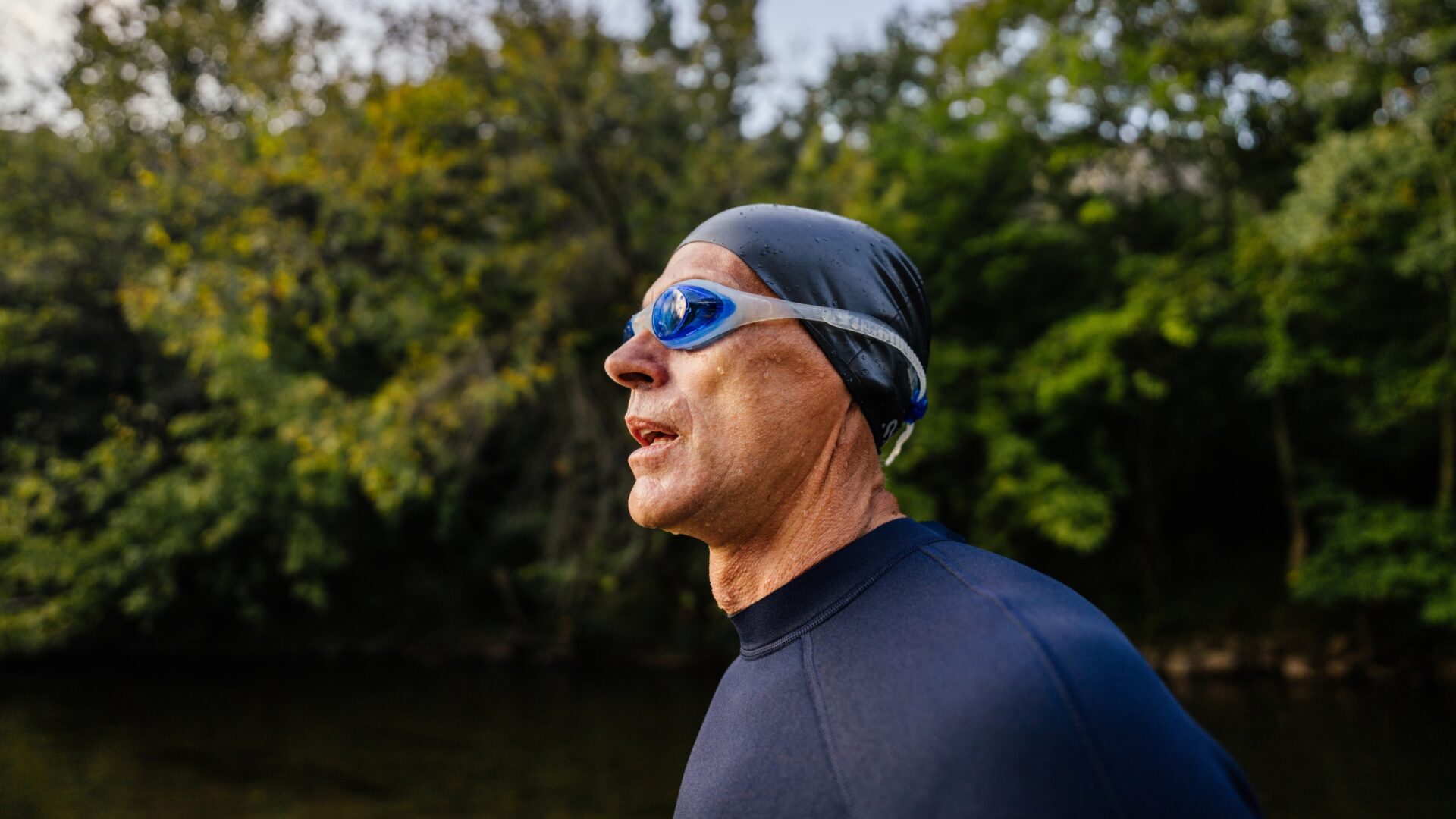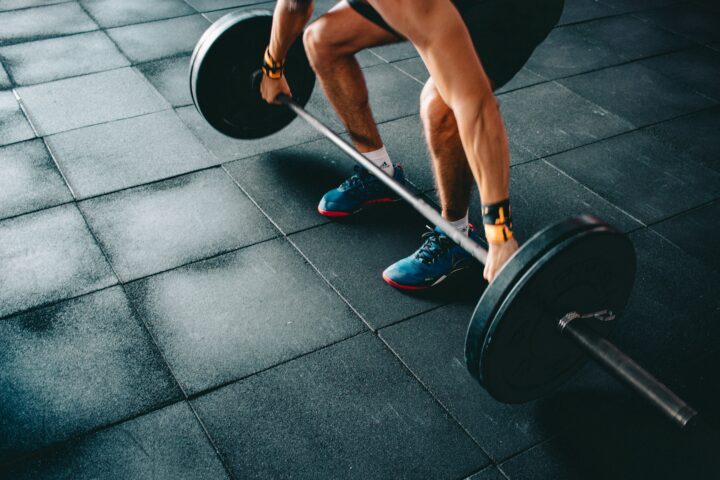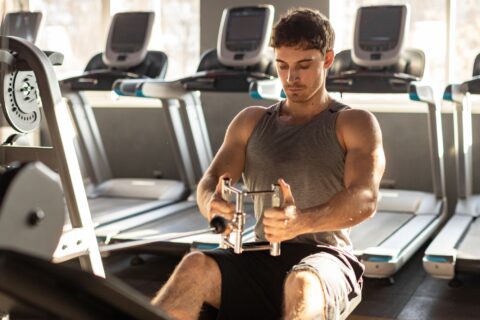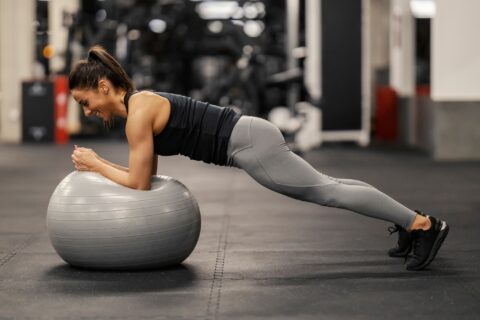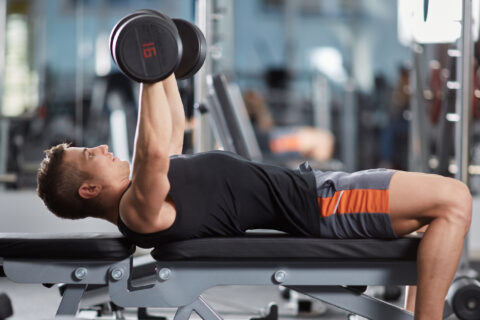A growing wave of masters athletes is making the case that older athletes have a lot to look forward to as they age. Here’s what science has to say about physiology and performance as we age.
A growing wave of masters athletes is making the case that older athletes have a lot to look forward to as they age. Here’s what science has to say about physiology and performance as we age.
